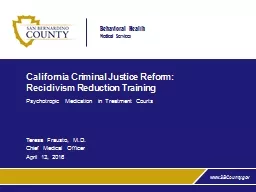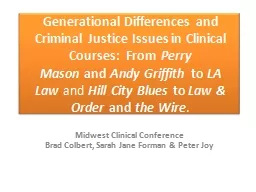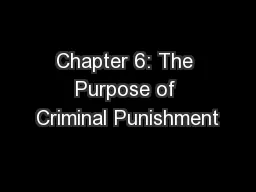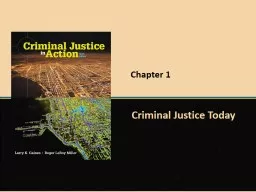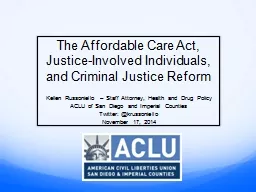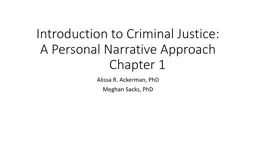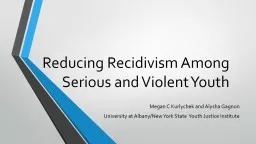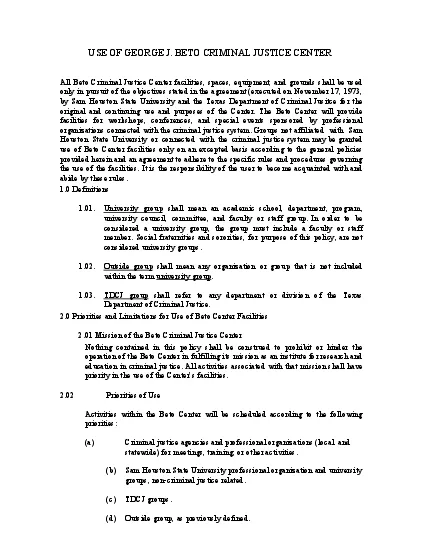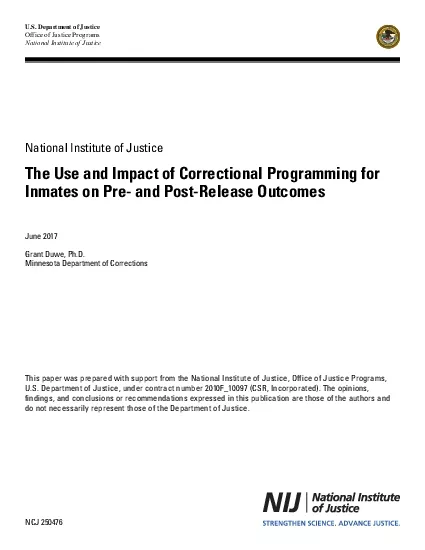PPT-California Criminal Justice Reform: Recidivism Reduction Tr
Author : celsa-spraggs | Published Date : 2017-12-08
Psychotropic Medication in Treatment Courts Teresa Frausto MD Chief Medical Officer April 13 2016 No conflict of interest Disclaimer History of the mentally ill
Presentation Embed Code
Download Presentation
Download Presentation The PPT/PDF document "California Criminal Justice Reform: Reci..." is the property of its rightful owner. Permission is granted to download and print the materials on this website for personal, non-commercial use only, and to display it on your personal computer provided you do not modify the materials and that you retain all copyright notices contained in the materials. By downloading content from our website, you accept the terms of this agreement.
California Criminal Justice Reform: Recidivism Reduction Tr: Transcript
Download Rules Of Document
"California Criminal Justice Reform: Recidivism Reduction Tr"The content belongs to its owner. You may download and print it for personal use, without modification, and keep all copyright notices. By downloading, you agree to these terms.
Related Documents

